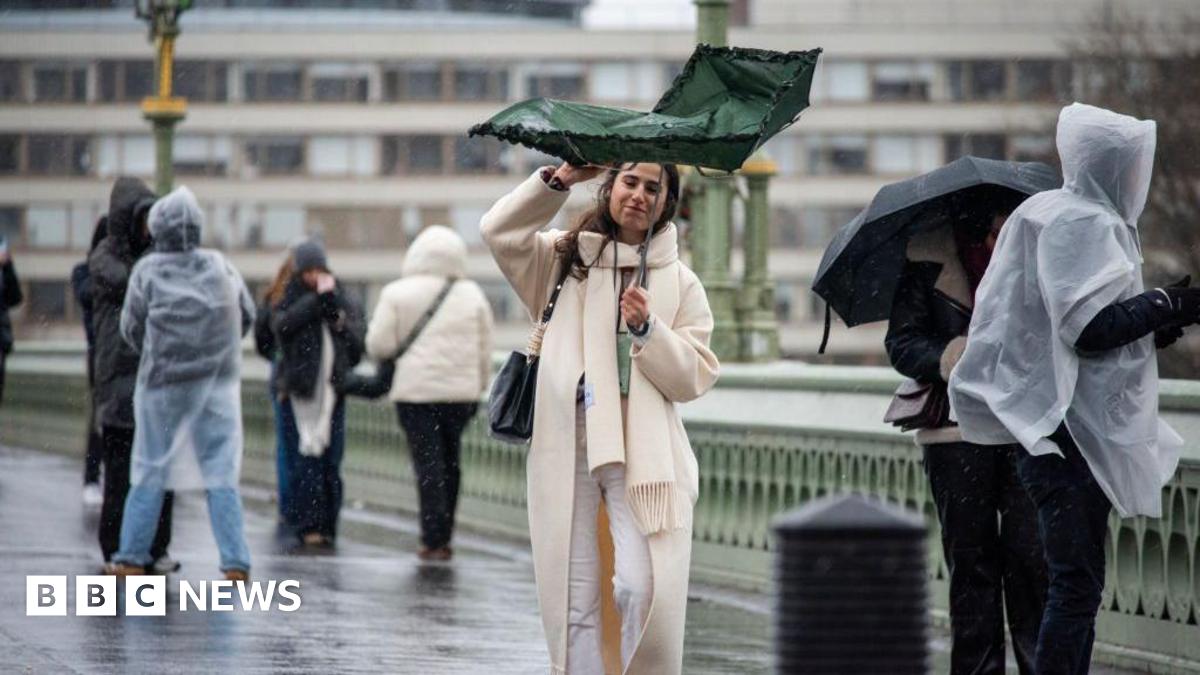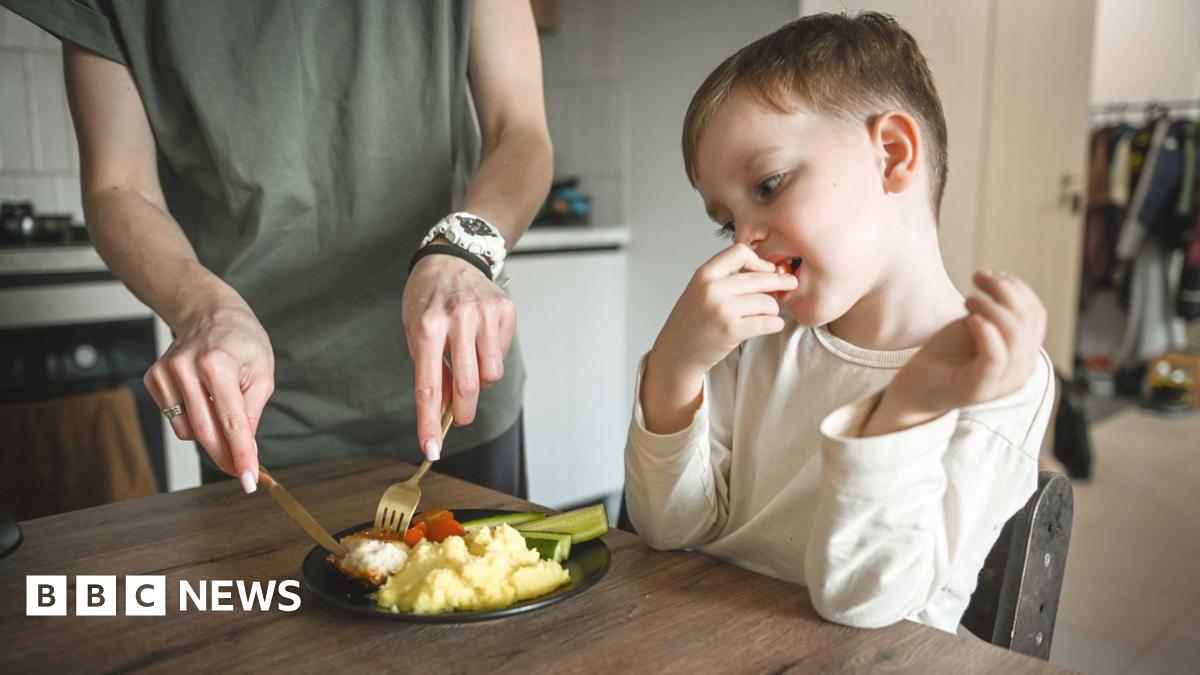Death Cap Mushrooms In Australia: Identifying And Avoiding A Deadly Threat

Welcome to your ultimate source for breaking news, trending updates, and in-depth stories from around the world. Whether it's politics, technology, entertainment, sports, or lifestyle, we bring you real-time updates that keep you informed and ahead of the curve.
Our team works tirelessly to ensure you never miss a moment. From the latest developments in global events to the most talked-about topics on social media, our news platform is designed to deliver accurate and timely information, all in one place.
Stay in the know and join thousands of readers who trust us for reliable, up-to-date content. Explore our expertly curated articles and dive deeper into the stories that matter to you. Visit Best Website now and be part of the conversation. Don't miss out on the headlines that shape our world!
Table of Contents
Death Cap Mushrooms in Australia: Identifying and Avoiding a Deadly Threat
Australia's autumn brings a silent killer: the Death Cap mushroom (Amanita phalloides). This deceptively beautiful fungus is responsible for the majority of fatal mushroom poisonings worldwide, and its presence in Australia represents a significant public health concern. Understanding how to identify and avoid this deadly mushroom is crucial for protecting yourself and your family.
What Makes the Death Cap So Dangerous?
The Death Cap's toxicity lies in its amatoxins, a group of potent liver and kidney toxins. Even a small amount ingested can lead to severe illness and, without prompt medical treatment, death. Symptoms often don't appear until 6-24 hours after ingestion, leading to a dangerous delay in seeking critical care. This delayed onset is a key reason why Death Cap poisoning is so perilous.
Identifying the Death Cap: Key Features to Look For
Identifying a Death Cap requires careful observation. Don't rely on a single characteristic; always consider the entire mushroom's appearance. Key features include:
- Cap: Pale green, yellow-green, or olive-green, often with a slightly sticky surface. The cap can be up to 15cm in diameter and is typically rounded when young, flattening with age.
- Gills: White, free from the stem (not attached to it).
- Stem: White, often with a noticeable bulbous base, which may be surrounded by a cup-like structure called a volva (a remnant of the universal veil). The stem also usually has a ring (annulus) near the top.
- Spore Print: White (a crucial identification feature, often missed by casual observers).
Where to Find Death Cap Mushrooms in Australia:
Death Cap mushrooms are primarily found in the cooler months (autumn and winter) in southeastern Australia, particularly in Victoria, Tasmania, South Australia, and New South Wales. They often grow near oak trees, but can also be found under other deciduous trees like chestnuts and poplars.
Important Note: Never rely solely on online images for identification. Mushroom identification requires expert knowledge and careful observation of multiple characteristics. Mistakes can be fatal.
Avoiding Death Cap Poisoning: Essential Precautions
- Never pick or eat wild mushrooms unless you are an expert mycologist. Even experienced foragers can make mistakes, emphasizing the serious risk associated with consuming wild mushrooms.
- Educate yourself and your children about the dangers of Death Cap mushrooms. Show them pictures and explain the key features.
- If you suspect someone has ingested a Death Cap mushroom, immediately contact emergency services (000 in Australia) or the Poisons Information Centre (13 11 26). Time is crucial in treating Death Cap poisoning.
- If possible, take a sample of the mushroom with you to the hospital for identification. This will aid in the diagnosis and treatment.
Further Resources:
- Your local health department: They can provide information about Death Cap sightings in your area.
- The Royal Botanic Gardens: Many botanic gardens offer educational resources on poisonous plants and fungi.
- Mushroom identification clubs: Local clubs can provide valuable knowledge and guidance, but again, never consume a mushroom unless you are completely certain of its identity.
Conclusion:
The Death Cap mushroom poses a significant threat in Australia. By understanding its key features, taking appropriate precautions, and seeking immediate medical help if poisoning is suspected, we can help minimize the risk associated with this deadly fungus. Remember, prevention is the best strategy when it comes to Death Cap mushrooms. Don't risk your life—leave mushroom foraging to the experts.

Thank you for visiting our website, your trusted source for the latest updates and in-depth coverage on Death Cap Mushrooms In Australia: Identifying And Avoiding A Deadly Threat. We're committed to keeping you informed with timely and accurate information to meet your curiosity and needs.
If you have any questions, suggestions, or feedback, we'd love to hear from you. Your insights are valuable to us and help us improve to serve you better. Feel free to reach out through our contact page.
Don't forget to bookmark our website and check back regularly for the latest headlines and trending topics. See you next time, and thank you for being part of our growing community!
Featured Posts
-
 Women In West Virginia Face Potential Criminal Charges After Miscarriage
Jun 08, 2025
Women In West Virginia Face Potential Criminal Charges After Miscarriage
Jun 08, 2025 -
 Israeli Gunfire In Gaza Expert Analysis Of The Deadly Aid Site Attack
Jun 08, 2025
Israeli Gunfire In Gaza Expert Analysis Of The Deadly Aid Site Attack
Jun 08, 2025 -
 Euro 2025 Championship Squads Every Confirmed Player List
Jun 08, 2025
Euro 2025 Championship Squads Every Confirmed Player List
Jun 08, 2025 -
 Severe Thunderstorm Warning Issued For Southern England And Wales
Jun 08, 2025
Severe Thunderstorm Warning Issued For Southern England And Wales
Jun 08, 2025 -
 Charity Warns Cancer Treatment Costs Prevent Holiday Breaks
Jun 08, 2025
Charity Warns Cancer Treatment Costs Prevent Holiday Breaks
Jun 08, 2025
Latest Posts
-
 The Charlie Kirk Debate Analyzing His Influence On Young Voters
Sep 14, 2025
The Charlie Kirk Debate Analyzing His Influence On Young Voters
Sep 14, 2025 -
 Charlie Kirks Enduring Influence A Look At His Political Legacy And Future
Sep 14, 2025
Charlie Kirks Enduring Influence A Look At His Political Legacy And Future
Sep 14, 2025 -
 Mealtime Mayhem Expert Guidance For Parents Of Fussy Eaters
Sep 14, 2025
Mealtime Mayhem Expert Guidance For Parents Of Fussy Eaters
Sep 14, 2025 -
 Charlie Kirk Examining The Controversies And Achievements Of A Young Conservative Leader
Sep 14, 2025
Charlie Kirk Examining The Controversies And Achievements Of A Young Conservative Leader
Sep 14, 2025 -
 Apple Tv Streams Fridays Mariners Game With Hometown Radio
Sep 14, 2025
Apple Tv Streams Fridays Mariners Game With Hometown Radio
Sep 14, 2025
